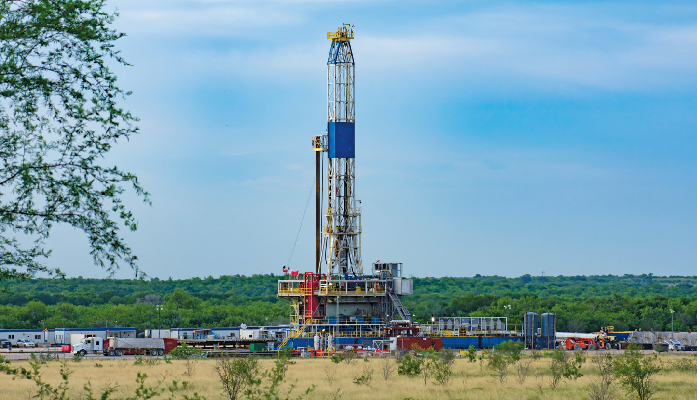Shale gas is natural gas trapped within shale strata with a large amount of organic material. Recent research reported the pioneering use of UAV-based laser spectroscopy to quantify sample methane emissions from the UK’s first exploratory fracking operation.

A bird’s eye view of methane emissions from a fracking site using the compact drone-based ABB OA-ICOS analyzer. Image Credit: ABB
Fracking has made vast amounts of shale gas accessible and has made it a significant natural gas supplier. It involves injecting high-pressure water, chemicals, and sand into fractures in the Earth's shale rock formations to open fissures for gas extraction.
The extraction and use of shale gas can harm the environment in different ways. As a result, several governments have prohibited shale gas extraction, while others are actively monitoring the outcomes, output, and environmental effects.
In the article "Unmanned aerial vehicle observations of cold venting from exploratory hydraulic fracturing in the United Kingdom," a team of British and American scientists describes the implementation of a laser absorption-based technique used on an Unmanned Aerial Vehicle (UAV) to survey methane emissions from the United Kingdom's first and only exploratory fracking operation site in Little Plumpton, Lancashire.
Scientists employed three of ABB's high-sensitive laser-based off-axis integrated cavity output spectroscopy (OA-ICOS) greenhouse gas analyzers to sample and assess shale gas site emissions over five days.

 Download the article to learn more
Download the article to learn more
Reference
- Adil Shah et al., 2020 Environ. Res. Commun. 2 021003, 10.1088/2515-7620/ab716d

This information has been sourced, reviewed and adapted from materials provided by ABB.
For more information on this source, please visit ABB.